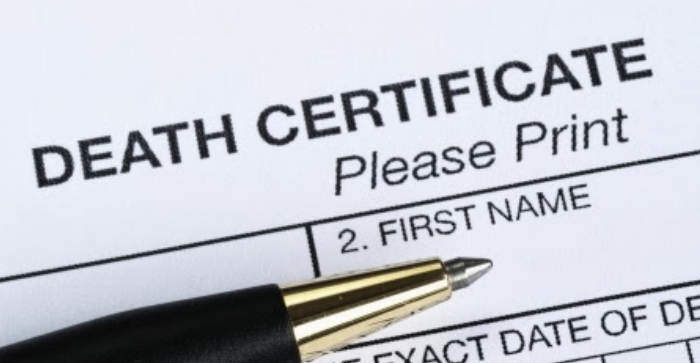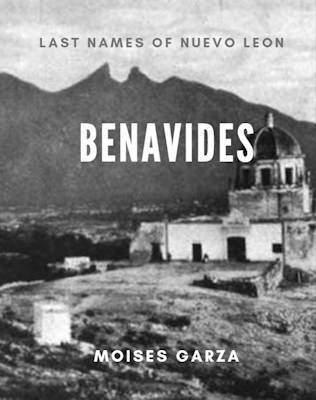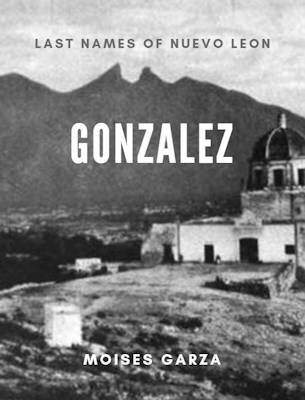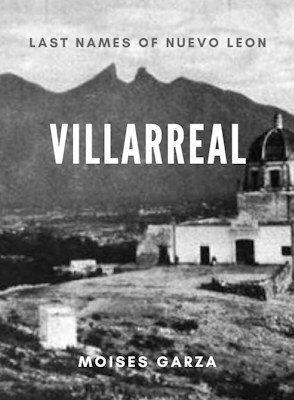Another great resource is Using Death Certificates to Find Your Mexican Ancestors, at least for those of us residing in the U.S. Yes, Death Certificates can provide us with a great wealth of information especially with the names of the parents of our deceased ancestor. Sometimes with even a place of birth in Mexico or the place of birth of the parents.
Using Death Certificates to Find Your Mexican Ancestors may be the difference between finding your ancestors or not. There are several places where one may obtain Death Certificates. One option is the old-fashioned way of going to your local county courthouse with the county clerk and the other is my favorite familysearch.org since it is online and free.
I will not be talking about the first option since I have never used it but I know that it is available. It may also be your only option since many records are not online on FamilySearch. Luckily for me, all of my wife’s ancestors were from Texas and thus I have been lucky enough with FamilySearch.
For the longest time, my wife’s great-grandfather was one of my brick walls. I could not locate whom his parents were and my father in law did not know their name either. I searched for the longest time but could not locate his death record since I always had the hopes that that document would contain the clues that I needed. I knew that he had died in Starr County and that his mother’s last name was Lozano. One day, for whatever reason I searched for him with his mother’s last name of Lozano. Instead of Francisco Perez, I typed Francisco Lozano and there it was listed as Francisco Perez Lozano. I then typed Francisco Perez Lozano and nothing came up. I thought it was weird and it only shows that we have to be creative when searching for our ancestors.
The death certificate provided me with immense clues, not to mention the names of his parents Encarnacion Perez and Dorotea Lozano. Unfortunately, it did not mention the birthplace-only that he was born in Mexico (I have seen others that actually mention the town and not just Mexico). A quick search with his name and parents also on FamilySearch revealed his baptism record and place of birth as El Encadenado, General Teran, Nuevo Leon, Mexico. This Death certificate provided the clues that ended up with me finding three more generations of Perez.
Let’s just keep in mind this is one scenario that may or may not apply to you but what I want you to understand is that Death Certificates are very important and as you can see they can be the key to finding our ancestors. Now that I have beaten that to a pulp. Let’s see where you can search for Death Certificates.
The Key to Using Death Certificates to Find Your Mexican Ancestors
The key is FamilySearch since they have death records from all states of the U.S. I highly recommend that you either do a search here or browse its collections to find the particular state or county that you need. Many state collections are searchable and others you will need to do manual searches by browsing.
When you do a search if you get a Social Security Death Index result to try and browse to see if FamilySearch has the Death Certificates it may be that they are still not searchable and the date provided by the SSI will be your key to locating that record.
I know this post is short and basic but this topic can probably fill up a whole book if I were to go very in-depth and to list every resource for every state in the U.S. will be a huge task that has already been accomplished in the link listed above for FamilySearch.
To Find Mexican Death Records Check This Post Out
How to Find Your Ancestors Using Mexico’s Civil Registration Records








Your advise about searching under both the father’s and mother’s surnames is good. I worked for Social Security for over 40 years, serving in both southwestern field offices and in the Social Security Number policy area in the Baltimore headquarters, and I had a lot of experience with Hispanic surnames. Double surnames using the father’s name followed by the mother’s were not commonly seen in most the US at the time SSA started in 1937. The forms that were used to get numbers and later to apply for benefits asked for names in First-Middle-Last order. Hispanic names were read by data entry clerks, few of whom were Hispanic, as if the father’s name was a middle name and the mother’s name was the person’s surname. That’s how they they were generally indexed. I’m sure most other agencies treated the names similarly, so it’s a good idea to search under any name combinations you can think of. First and middle names should also be switched in the searches. People don’t always use them consistently. This is true not just for Hispanics. My uncle Harold Alfred Runyan was always called Al or Alfred. But the Army listed him as Harold A. When one of his returning WWII buddies called to give my grandparents news about him and asked if this was Harold Runyan’s home, it had been so long since she heard that name that my Grandma almost hung up on him!
Marlene, thank you for your comment and the great advise that you have provided us. I work for a state agency and this has not changed. Names continue to be entered all wrong.
Moises,
Are there censuses from Mier available for years other than the 1757 Census which only lists the original 19 families? The Book “Mier In History” mentions another 20 plus families that joined the original settlers, but doesn’t name them. I believe our family was one of these unnamed, but they still qualified for a land grant from the crown. Antonio Ramirez Portion 67. Would they have been in subsequent censuses and when did the church in Mier start passing on the record keeping for the Roma area citizens to the Catholic church in Roma?
The 1753 census mentions 19 families. The 1757 census mentions way more than that. All other Mier church censuses start in 1782 and you can find them here https://www.wearecousins.info/books/ . Record keeping passed when Texas became part of the U.S. 1848. Good luck in your research.